Are you curious about how long ocean freight from China to California really takes? Understanding the intricacies of ocean freight is crucial for businesses engaged in international trade.
In this comprehensive guide, we will delve into the factors affecting transit times, including port congestion, weather conditions, and shipping line schedules. Additionally, we’ll explore specific shipping times from major Chinese cities and share strategies to streamline the process. Get ready to enhance your knowledge and optimize your shipping experience!
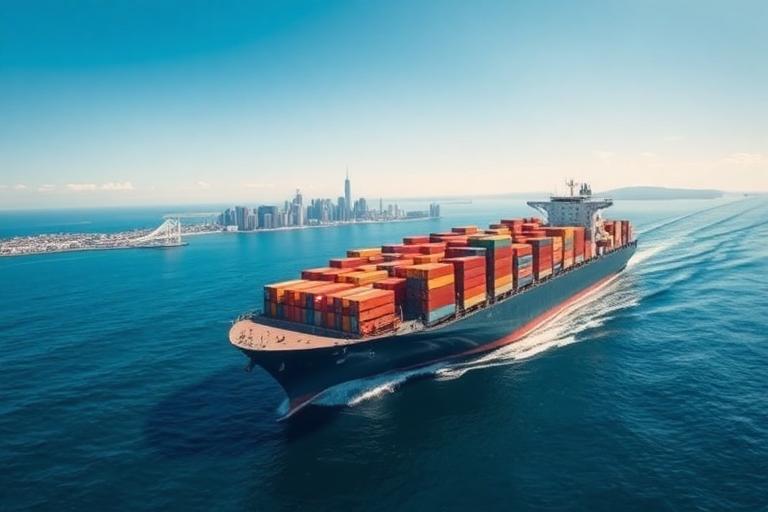
Understanding Ocean Freight from China to California
What is Ocean Freight and Its Importance in Global Trade?
Ocean freight refers to the transportation of goods by sea, utilizing large vessels that can carry substantial cargo volumes. This mode of transport is crucial in global trade, as it allows businesses to import and export products between countries efficiently and cost-effectively. Approximately 90% of global trade is carried out by container shipping, which underscores the significance of ocean freight in connecting markets and facilitating international commerce.
In the context of trading with China, the world’s largest exporter, ocean freight is particularly vital. Manufacturers in China produce a wide array of goods, from electronics to textiles, which are then shipped to markets like California. The affordability of ocean freight compared to air freight makes it the preferred choice for bulk shipments, allowing traders to manage logistics costs effectively while ensuring timely deliveries.
Overview of the Ocean Freight Process
The ocean freight process involves several key steps, each contributing to the successful movement of goods from one port to another. Here’s an overview of the process:
Booking the Shipment: Once a buyer in California decides to import goods from China, they must first book space on a vessel through a freight forwarder. This step includes determining the type of cargo, volume, and preferred shipping schedule.
Cargo Preparation: Prior to shipment, the cargo must be adequately packed and labeled in compliance with international shipping standards. This includes preparing necessary documentation like invoices, packing lists, and certificates of origin.
Customs Clearance in China: Before cargo can board the vessel, it must clear customs in China. This involves submitting documentation and paying any applicable duties. A skilled freight forwarder can streamline this process, minimizing delays.
Loading the Vessel: Once prepped and cleared, the cargo is transported to the port and loaded onto the ship. The loading process is managed by the shipping line, which ensures that the cargo is securely stowed for transit.
Transit: The vessel departs from the Chinese port and embarks on its journey to California. During transit, the freight forwarder monitors the shipment’s progress, providing updates to the client.
Arrival and Unloading: Upon reaching the California port, the cargo must go through customs clearance in the U.S. before being unloaded. Again, having a knowledgeable freight forwarder can expedite this process.
Final Delivery: After customs clearance, the goods are transported to their final destination, whether it’s a warehouse or a retailer, completing the shipping process.
Factors Affecting Ocean Freight Transit Times
Understanding the various factors that impact ocean freight transit times is essential for importers seeking to manage their logistics effectively. Here are some critical elements that can influence shipping durations from China to California:
Port Congestion and Delays
Port congestion is a significant challenge in the shipping industry, especially in busy ports like Shanghai, Shenzhen, and Ningbo. Increased volumes of cargo, labor shortages, or logistical inefficiencies can lead to delays during loading and unloading. For instance, the Port of Los Angeles and the Port of Long Beach often experience congestion, which can extend transit times unexpectedly. To learn more about the biggest ports in the U.S., visit biggest ports in the us.
Weather Conditions and Seasonal Variations
Weather plays an unpredictable role in ocean freight. Seasonal factors such as typhoons, monsoons, or even winter storms can cause delays in shipping schedules. For example, during the typhoon season in the South China Sea, vessels may experience rerouting or delays due to safety concerns, impacting delivery times to California.
Shipping Line Schedules and Vessel Availability
The availability of vessels and the shipping line schedules can also affect transit times. Each shipping line has its timetable, which may vary based on demand and operational efficiency. It’s crucial for importers to stay informed about these schedules and to plan shipments accordingly to avoid delays. If you’re interested in understanding how long it typically takes to ship from China to the U.S., you can check out how long does it take to ship from china.
By understanding these factors, importers can better navigate the complexities of ocean freight from China to California and make informed decisions to optimize their logistics processes. For more information on shipping rates and procedures, explore Shipping From China to USA.
Ocean Freight Transit Times from Major Chinese Cities to California
When engaging in international trade, understanding the ocean freight transit times from major Chinese cities to California is essential for businesses looking to import goods efficiently. Below is a detailed overview of the estimated shipping times from four major ports in China to various ports in California, such as Los Angeles, San Francisco, and Oakland.
Shipping Times from Shanghai to California
- Transit Time: Approximately 13 to 18 days.
- Port of Arrival: Most shipments arrive at Los Angeles or Long Beach.
- Details: As one of the busiest ports in the world, Shanghai provides robust shipping options, facilitating frequent sailings to California. For more information on shipping from Shanghai to the US, check out shipping from Shanghai to US.
Shipping Times from Shenzhen to California
- Transit Time: Approximately 14 to 20 days.
- Port of Arrival: Primarily Los Angeles or Oakland.
- Details: Shenzhen is well-known for its electronics manufacturing, hence a significant volume of freight leaves this hub. The port’s proximity to the South China Sea allows for efficient shipping routes. For insights on shipping from Shenzhen, see shipping from Shenzhen to USA.
Shipping Times from Guangzhou to California
- Transit Time: Approximately 15 to 21 days.
- Port of Arrival: Commonly San Francisco or Los Angeles.
- Details: Guangzhou, being a historical trading city, has an extensive logistics network, ensuring various shipping options for importing goods to California. Explore more about this port in shipping from Guangzhou to USA.
Shipping Times from Ningbo to California
- Transit Time: Approximately 12 to 18 days.
- Port of Arrival: Mainly Los Angeles.
- Details: Ningbo is strategically located near Shanghai and has become increasingly popular for ocean freight. Its rapid shipping capabilities make it a preferred choice for many traders. Learn more about Ningbo’s shipping advantages at Ningbo ocean port to USA.
| City | Transit Time (Days) | Common Ports of Arrival |
|---|---|---|
| Shanghai | 13 – 18 | Los Angeles, Long Beach |
| Shenzhen | 14 – 20 | Los Angeles, Oakland |
| Guangzhou | 15 – 21 | San Francisco, Los Angeles |
| Ningbo | 12 – 18 | Los Angeles |
Strategies to Reduce Ocean Freight Transit Times
To enhance efficiency in shipping operations, businesses can implement several strategies aimed at reducing ocean freight transit times.
Optimizing Shipping Routes and Schedules
By closely analyzing shipping routes and optimizing schedules, businesses can minimize delays. This involves selecting shipping lines with reliable schedules and fewer port calls. Utilizing direct routes can significantly reduce transit times. More about optimizing routes can be found in shipping routes from China to USA.
Utilizing Faster Shipping Services
Engaging expedited services offered by freight forwarders can ensure faster shipping options. Services like priority ocean freight or utilizing larger vessels that travel at higher speeds can lead to reduced transit times. For further details, refer to expedited shipping from China to US.
Effective Packing and Documentation Practices
Proper packing and timely documentation can prevent unnecessary delays at customs and during the shipping process. Ensuring that all paperwork is complete and cargo is packed efficiently can expedite the loading process and minimize the risk of damage or holdups.
Finding the Right Freight Forwarder for Your Needs
Choosing the right freight forwarder is crucial for smooth shipping operations. Here are some key aspects to consider:
Key Qualities to Look for in a Freight Forwarder
- Experience: Look for a freight forwarder with extensive experience in ocean freight and a proven track record. Consider checking Dantful International Logistics for comprehensive services.
- Reputation: Choose a provider with positive customer feedback and industry recognition.
- Comprehensive Services: A forwarder should offer a wide range of services, including customs clearance, insurance, and door-to-door delivery. For more on these services, visit DDP Shipping Services.
Questions to Ask Potential Freight Forwarders
- What is your average transit time from China to California?
- How do you handle port congestion and other delays?
- Can you provide insights into your technology and tracking systems?
The Role of Technology in Freight Forwarding
Technology plays a pivotal role in modern freight forwarding. Utilizing advanced tracking systems, automated documentation, and real-time updates can greatly enhance transparency and efficiency in the shipping process. As a highly professional and cost-effective provider, Dantful International Logistics integrates technology seamlessly into our operations, ensuring that our clients receive high-quality services tailored to their needs.
By understanding these shipping dynamics and employing effective strategies, businesses can improve their import processes from China to California, ensuring timely delivery of goods while optimizing costs. For comprehensive logistics solutions, consider partnering with Dantful International Logistics—a one-stop provider for all your freight forwarding needs.

Young Chiu is a seasoned logistics expert with over 15 years of experience in international freight forwarding and supply chain management. As CEO of Dantful International Logistics, Young is dedicated to providing valuable insights and practical advice to businesses navigating the complexities of global shipping.

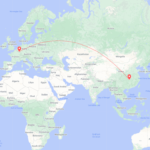
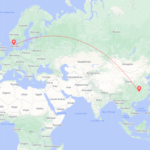
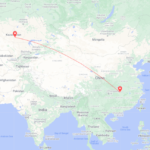


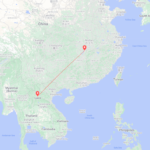
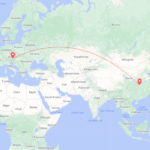

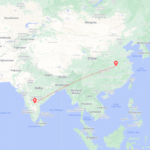

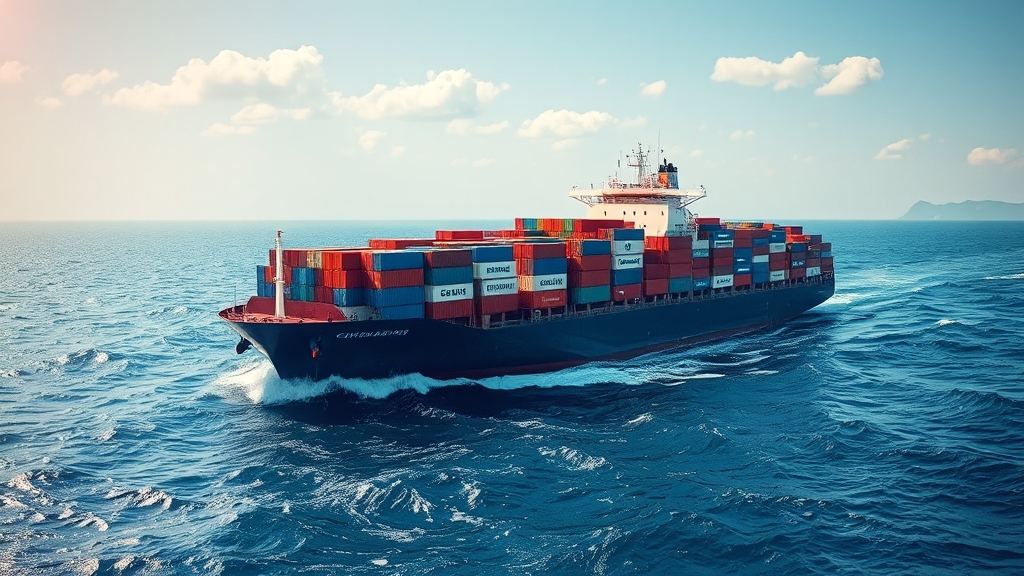
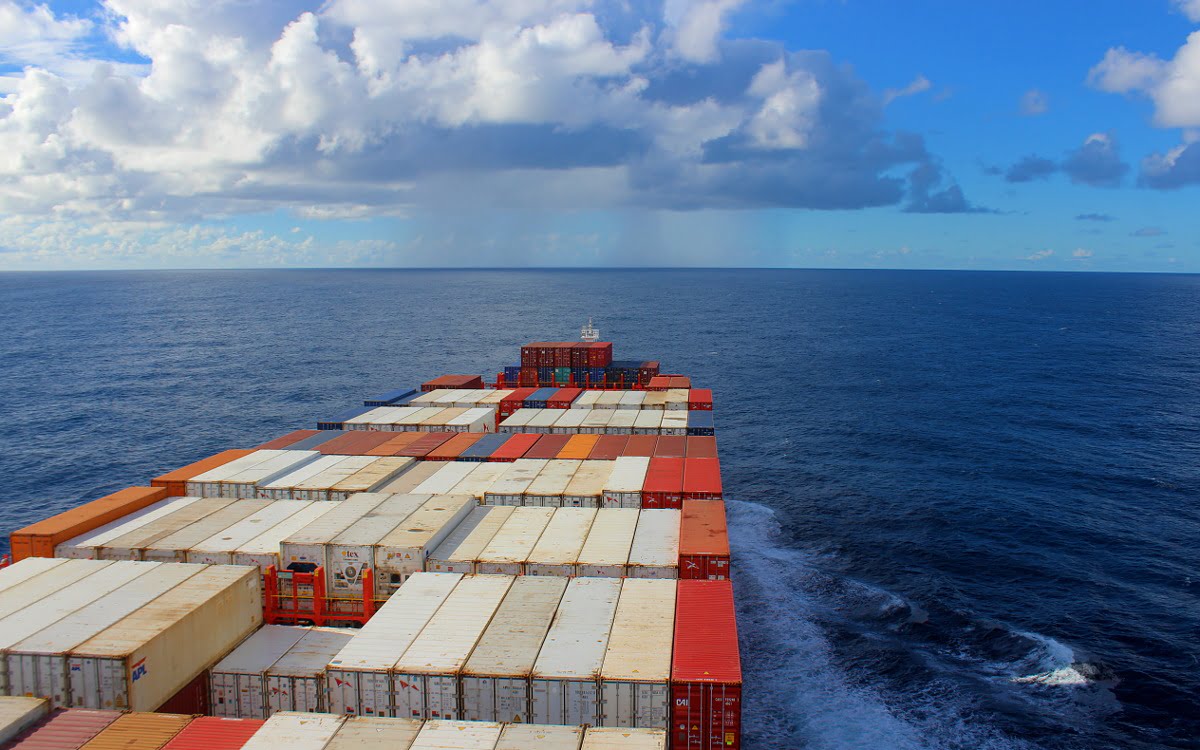

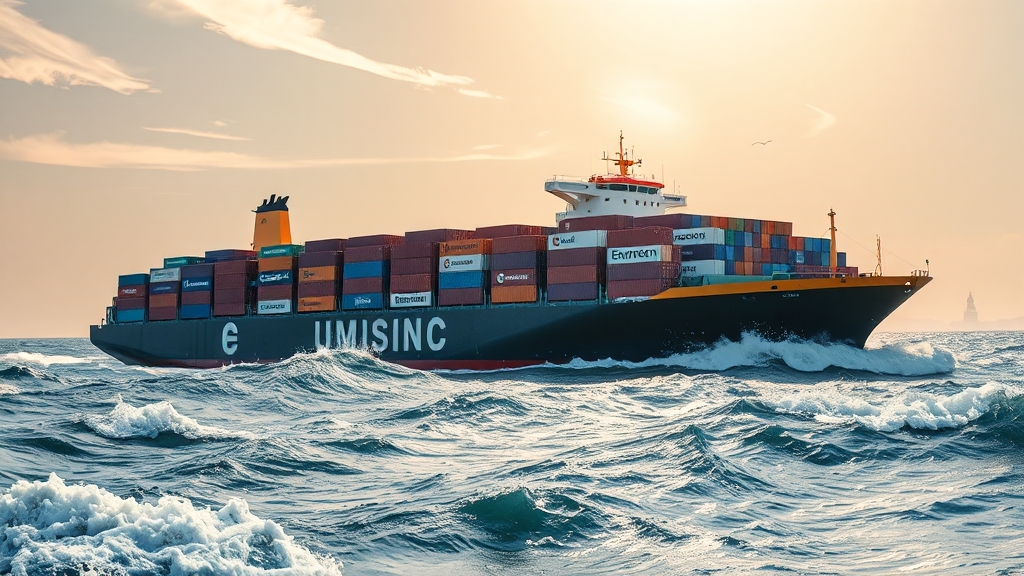
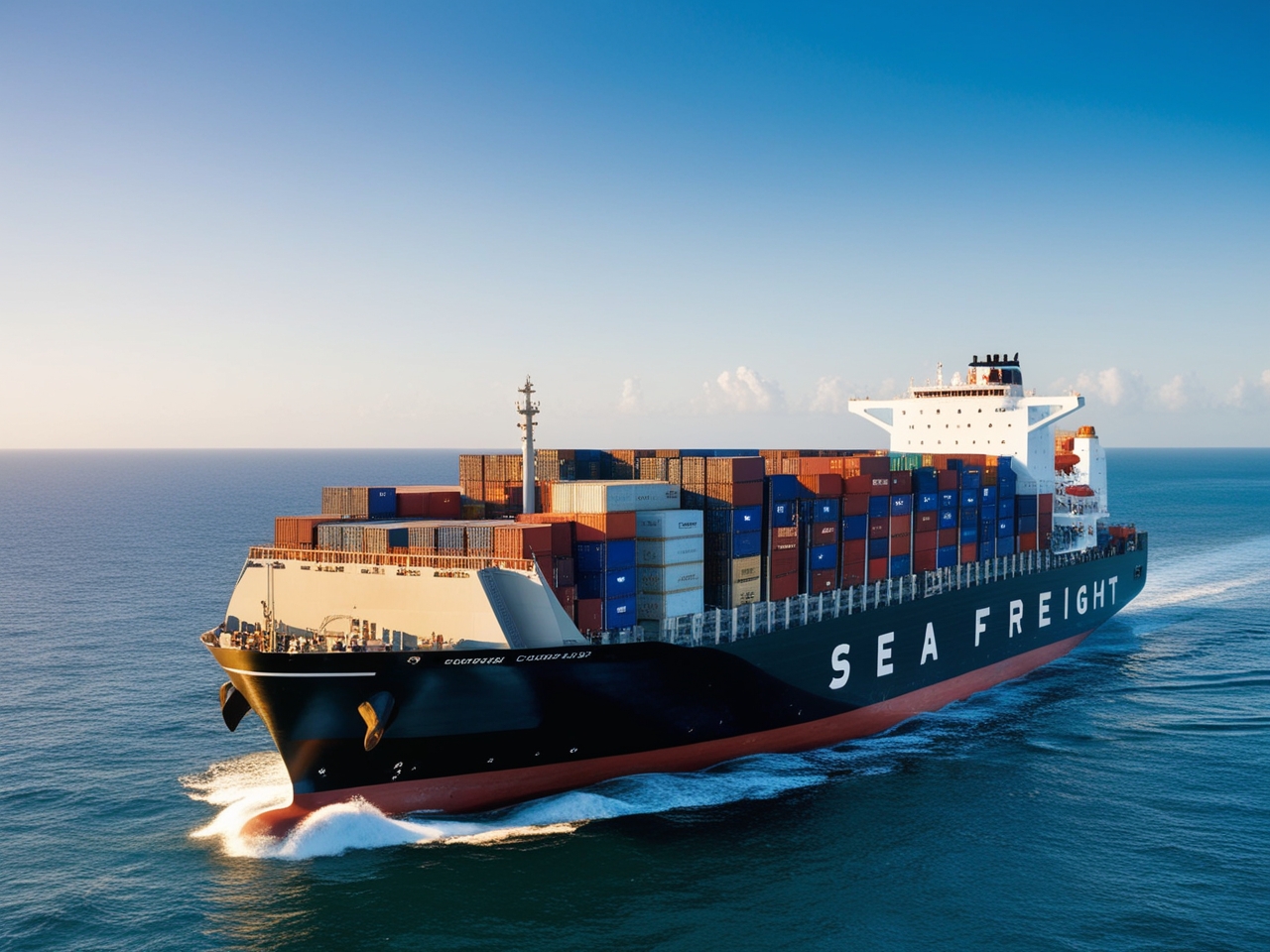
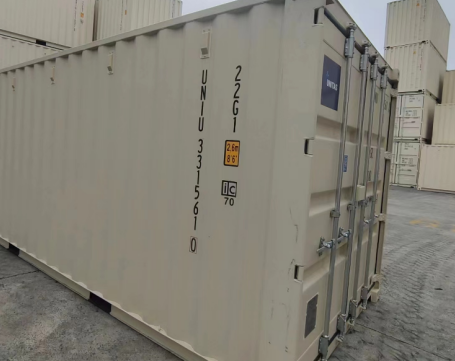
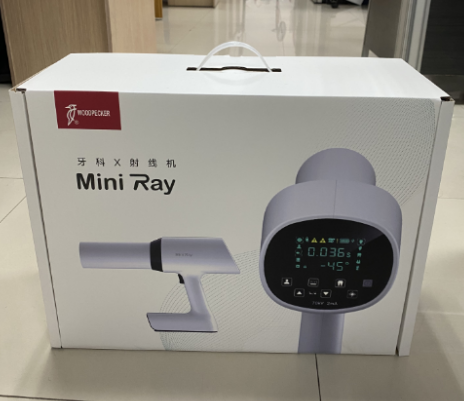
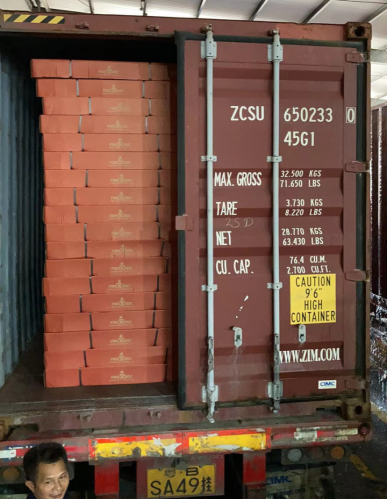
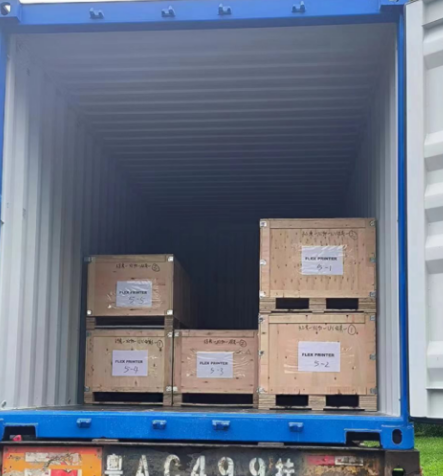
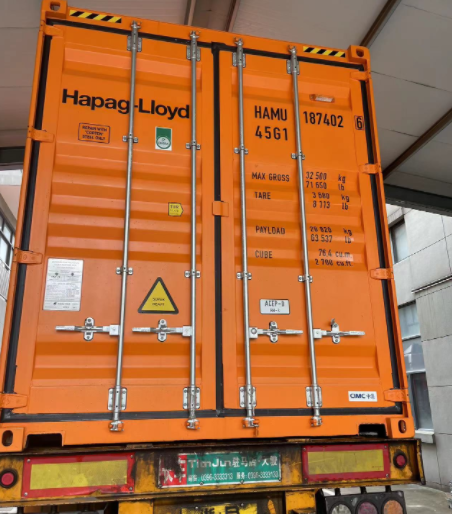
 Afrikaans
Afrikaans Shqip
Shqip አማርኛ
አማርኛ العربية
العربية Հայերեն
Հայերեն Azərbaycan dili
Azərbaycan dili Euskara
Euskara Беларуская мова
Беларуская мова বাংলা
বাংলা Bosanski
Bosanski Български
Български Català
Català Cebuano
Cebuano Chichewa
Chichewa 简体中文
简体中文 繁體中文
繁體中文 Corsu
Corsu Hrvatski
Hrvatski Čeština
Čeština Dansk
Dansk Nederlands
Nederlands English
English Esperanto
Esperanto Eesti
Eesti Filipino
Filipino Suomi
Suomi Français
Français Galego
Galego ქართული
ქართული Deutsch
Deutsch Ελληνικά
Ελληνικά Kreyol ayisyen
Kreyol ayisyen Harshen Hausa
Harshen Hausa Ōlelo Hawaiʻi
Ōlelo Hawaiʻi עִבְרִית
עִבְרִית हिन्दी
हिन्दी Hmong
Hmong Magyar
Magyar Íslenska
Íslenska Igbo
Igbo Bahasa Indonesia
Bahasa Indonesia Gaeilge
Gaeilge Italiano
Italiano 日本語
日本語 Basa Jawa
Basa Jawa ಕನ್ನಡ
ಕನ್ನಡ Қазақ тілі
Қазақ тілі ភាសាខ្មែរ
ភាសាខ្មែរ 한국어
한국어 كوردی
كوردی Кыргызча
Кыргызча ພາສາລາວ
ພາສາລາວ Latin
Latin Latviešu valoda
Latviešu valoda Lietuvių kalba
Lietuvių kalba Lëtzebuergesch
Lëtzebuergesch Македонски јазик
Македонски јазик Malagasy
Malagasy Bahasa Melayu
Bahasa Melayu മലയാളം
മലയാളം Maltese
Maltese Te Reo Māori
Te Reo Māori मराठी
मराठी Монгол
Монгол ဗမာစာ
ဗမာစာ नेपाली
नेपाली Norsk bokmål
Norsk bokmål پښتو
پښتو فارسی
فارسی Polski
Polski Português
Português ਪੰਜਾਬੀ
ਪੰਜਾਬੀ Română
Română Русский
Русский Samoan
Samoan Gàidhlig
Gàidhlig Српски језик
Српски језик Sesotho
Sesotho Shona
Shona سنڌي
سنڌي සිංහල
සිංහල Slovenčina
Slovenčina Slovenščina
Slovenščina Afsoomaali
Afsoomaali Español
Español Basa Sunda
Basa Sunda Kiswahili
Kiswahili Svenska
Svenska Тоҷикӣ
Тоҷикӣ தமிழ்
தமிழ் తెలుగు
తెలుగు ไทย
ไทย Türkçe
Türkçe Українська
Українська اردو
اردو O‘zbekcha
O‘zbekcha Tiếng Việt
Tiếng Việt Cymraeg
Cymraeg יידיש
יידיש Yorùbá
Yorùbá Zulu
Zulu